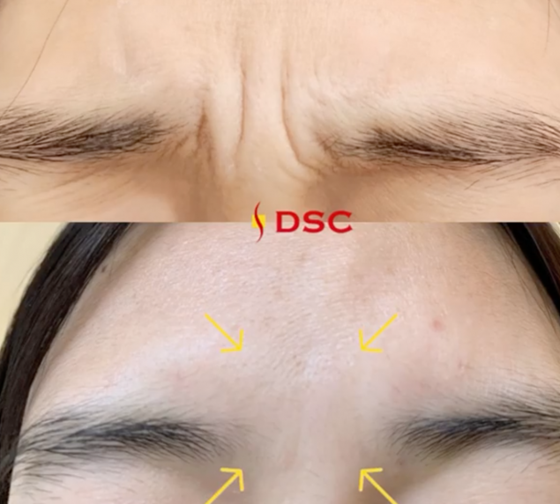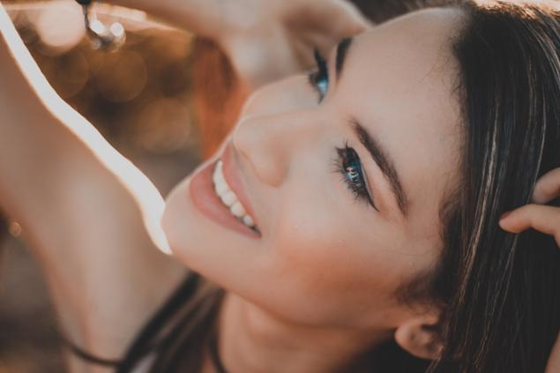Time has no mercy, and we all experience the signs of aging. Fine lines, wrinkles, sagging skin, and loss of fullness are all normal. For those looking to prevent or reverse some of the most noticeable marks of older age, Botox injections may be just the solution.
Safe, effective, and relatively painless, the number of Botox treatments has skyrocketed in recent years. Today, Botox is the most popular minimally invasive procedure in the United States.
If you are considering rejuvenating your appearance with Botox, this article is for you. Here, you will learn the Botox basics and get your questions answered.
What is Botox?
Botox injections are primarily used to reduce the appearance of wrinkles on the face. They may also be recommended to treat non-cosmetic conditions, including neck spasms, excessive sweating, a lazy eye, and an overactive bladder.
Botox injections deposit a chemical called onobotulinumtoxinA into the skin and muscle of the face. OnobotulinumtoxinA is derived from botulinum toxin; hence the name, bo-tox.
OnobotulinumtoxinA prevents muscles from moving and contracting – muscles are essentially frozen in place. Skilled Botox practitioners ensure their patients’ results are natural and enable emotive facial expressions.
Why do people get Botox?

The vast majority of patients get Botox to address the visible signs of aging on and around the face. Common treatment areas include the following:
- Frown lines between the eyebrows
- Horizontal lines across the forehead
- Crow’s feet on the outer corners of each eye
- Smoker’s lines around the lips
- Bunny lines on the upper outer edges of the bridge of the nose
Botox cannot be used to treat skin damage caused by the sun.
Depending on the target area and scope of treatment, the revitalizing results of Botox become noticeable one to seven days following treatment. The smoothing effect can last three months or longer. To maintain results long-term, follow-up injections are required.
In addition to those looking to reverse the signs of aging, many younger people are turning to Botox’s preventative power. The patterns of lines visible on a younger person’s face during certain facial expressions reveal the unique array of wrinkles that will likely settle and deepen over time. Patients as young as 20 are using Botox to delay the formation of these wrinkles by limiting the movement of their facial muscles.
How does Botox work?
The toxin in a Botox injection blocks the signals between nerves and muscles, disallowing the injected muscle to contract. The result relaxes and softens the wrinkle.
What can I expect from a Botox procedure?
It’s only natural to feel a little apprehensive about a new procedure. However, there is no need to be nervous about getting Botox – the entire process from start to finish should only take a few minutes, and you won’t need anesthesia.
To ease any lingering concerns you may have, here is the process of getting Botox explained.
What to expect before your Botox procedure
There is very little preparation required when getting Botox. Most doctors recommend avoiding alcohol at least one week before your appointment. It’s also advisable to stop taking anti-inflammatory medication and aspirin two weeks prior – this helps prevent bruising.
On the day of your appointment, you can elect to have the injection site numbed using a topical anesthesia cream, ice, or another numbing technique. This option is particularly popular among those having their palms or soles of their feet treated for excessive sweating, as these areas can be sensitive.
Your doctor may or may not request to take ‘before’ images to track your progress.
What to expect during your Botox procedure
Botox injections are usually performed in a specialized clinic or doctors’ office. During the procedure, you will sit or lay in a comfortable position that gives your doctor easy access to the treatment site. He or she will then use thin needles to inject small quantities of botulinum toxin into your muscles or skin. You may experience a slight stinging sensation that subsides very quickly.
The number of injections required will depend on the treatment area and the extent of your signs of aging. Each injection will take less than 30 seconds, meaning your entire procedure will be over in a matter of minutes.
What to expect after your Botox procedure
After your Botox procedure, you can return to your normal activities right away. Your doctor will advise you on any special aftercare, which often includes remaining upright for four hours and taking a full 24 hours off exercising.
You should also avoid rubbing the injection site for one whole day, as this can spread Botox to another area of the face, sabotaging or warping your results.
How long do Botox results last?
The majority of patients’ Botox results last between three and six months. As the toxin’s muscle-freezing effects wear off, the treated lines and wrinkles begin to reappear. If the patient wishes to maintain the smoothing effects of Botox, he or she will have to schedule follow-up injections. Over time, lines and wrinkles may become less severe as repeatedly treated muscles tend to shrink.
Like any cosmetic procedure, your Botox treatment plan will be tailored to meet your own unique desired outcomes. It all comes down to what you want to achieve and what your expectations are. If you want a refreshed, youthful glow year-round, you may require two to three Botox appointments each year. If you want to stop the progression of aging altogether, you may combine Botox with other proven treatments.
Is Botox right for me?
Botox is a safe, painless, effective, and economical way to reduce the appearance of lines and wrinkles on the face. If you are looking to reclaim a more youthful appearance without the downtime demanded by other, more invasive procedures, Botox may be for you.
Find out more about what you can achieve with Botox today. Request your free consultation to discuss your goals with our experienced, qualified staff.

